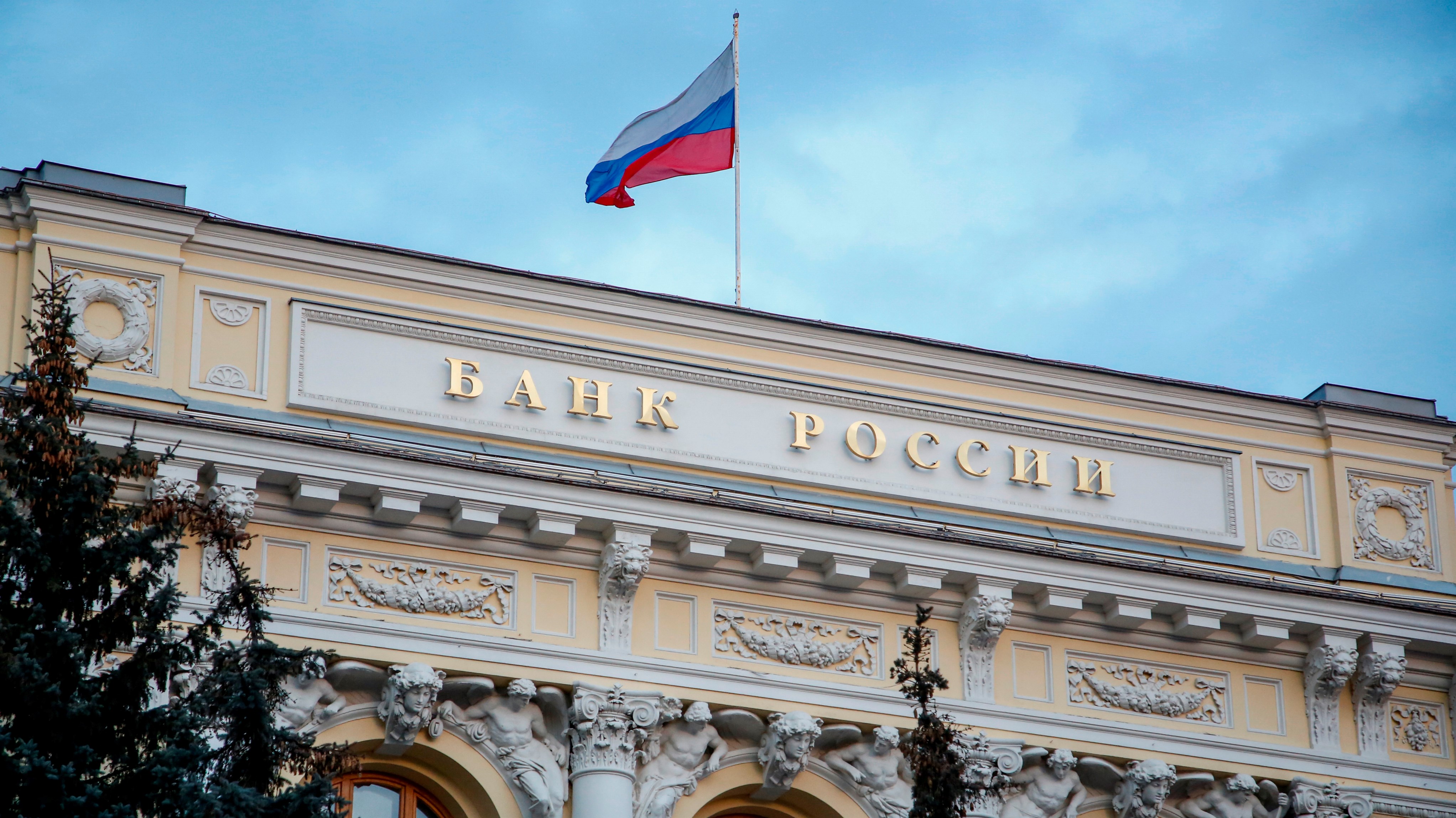Russian economy showing signs of resiliency - Bloomberg
Western sanctions are failing in containing the Russian economy.
-

Signs of resiliency shown by the Russian economy
Western economic forecasters did not anticipate Russia's economy to show signs of improvement with the many sanctions imposed by EU and US. Russia has managed to prevent the collapse of its currency and continues to benefit from the surge in hydrocarbon prices.
Their intent was to “punish Russia. Assets were frozen, and companies were punished. But they failed,” said Russian President Vladimir Putin on Friday, June 17, during the Economic Forum of Saint Petersburg, once considered a symbol of openness to commercial relations with the West.
Since the beginning of the war on February 24, 2022, the US and the EU have multiplied punitive measures to isolate Russia by targeting its banking system, freezing the assets of its leaders, and its industries.
Acknowledging certain difficulties, in particular on the issue of inflation which reached a peak of 17.8% in May, Vladimir Putin asserts that the involvement of businesses and the authorities has today made it possible to "stabilize the financial situation and economy" of the country. In the West, however, many observers claim that the worst is yet to come for Moscow.
At the beginning of March, a week after the start of the Russian war with Ukraine, the ruble had fallen to its historic low against the dollar and the euro - a consequence of the announcement of the first Western sanctions, in particular, the freezing of the reserves of the Russian Central Bank held abroad.
In the event of a crisis, money held in foreign currencies can be used by a country to boost the value of its own currency, which the United States and Europe wanted to avoid in the case of Russia. But the Russian Central Bank managed to counter this measure by massively raising its interest rates to 20% and imposing drastic capital controls on companies as well as on its citizens.
Since then, the price of the ruble has risen sharply, to the point of reaching, on Monday June 20, its highest level for almost seven years against the dollar on the Moscow Stock Exchange (55.44 rubles for one dollar).
Another key factor explaining the rise of the rouble is the sale of hydrocarbons, which alone constitutes more than 60% of the country's exports.
Forced by sanctions to drastically reduce its import volumes, Russia continued to sell its oil and gas massively for export, which "contributed to the demand for rubles" on the international market, says economist Julien Vercueil.
“We are not at the level of stress that we had assumed for 2022,” Rosbank economist Evgeny Koshelev told sources. “We should expect better trends because both budget and monetary policies are overall stimulative.”

 3 Min Read
3 Min Read









